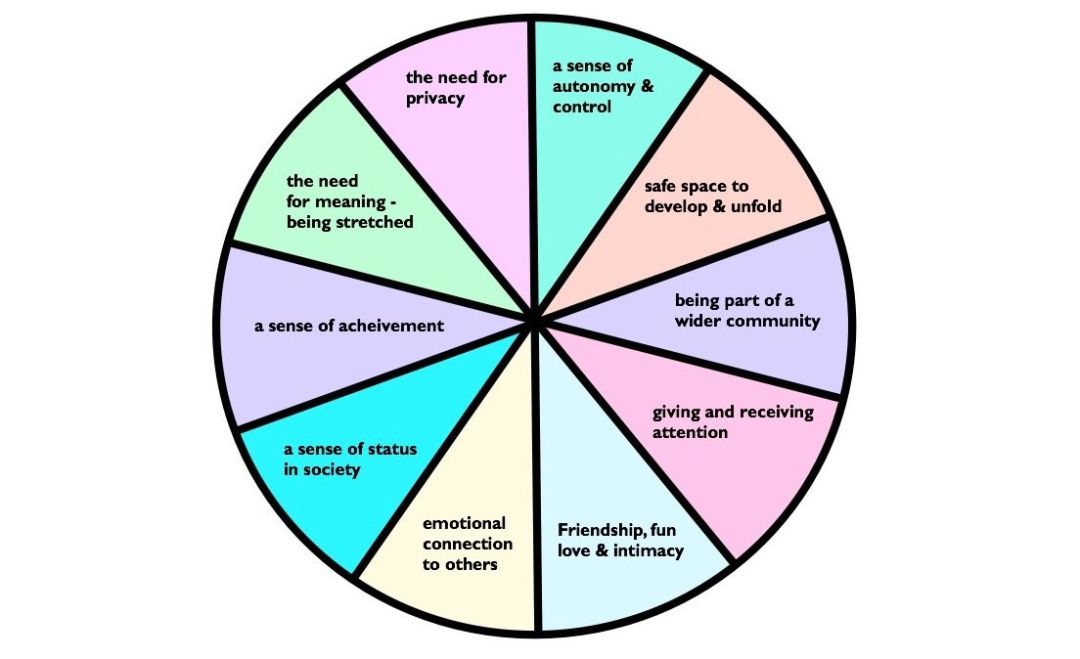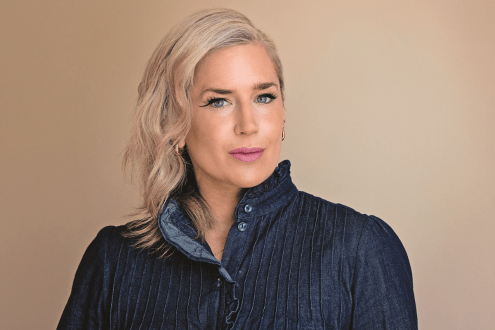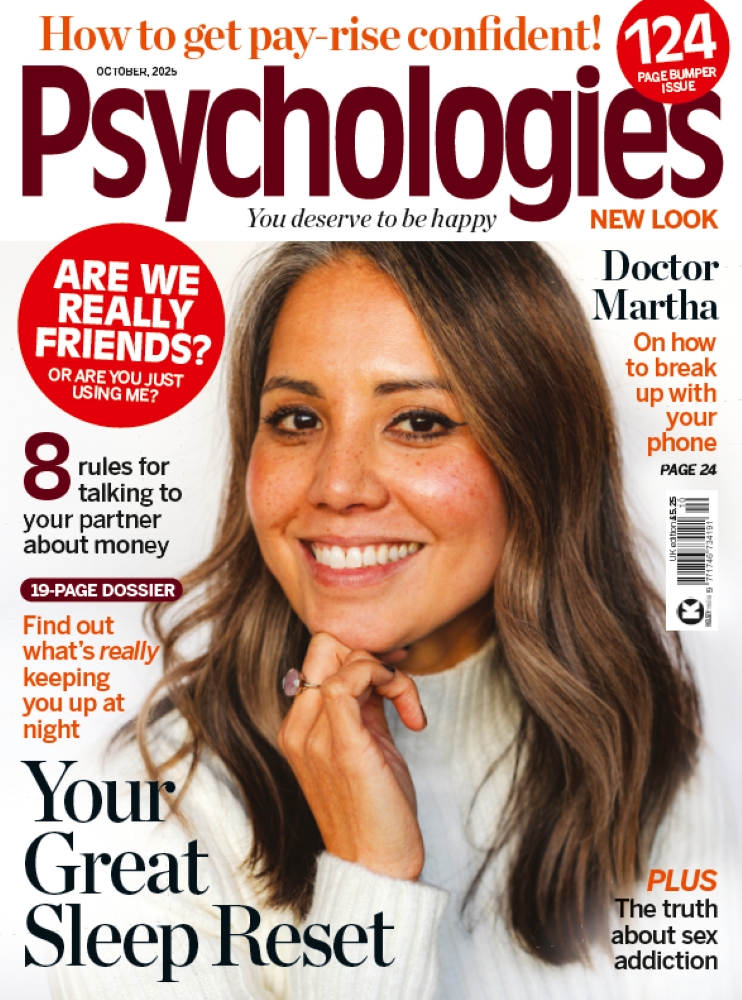A Fresh Take on The Wheel of Life
The use of wheels as a device to facilitate personal and professional growth extends far beyond the Wheel of Life itself. This article explores four easy to use variants.


Wheels have been used as coaching tools and aids to constructive thinking for millennia. They date back to early Buddhist thinking – perhaps earlier. A Google image search for’ wheel of life’ will find lots of very beautiful examples – and some more modern derivations.
The use of wheels as a device to facilitate personal and professional growth extends far beyond the Wheel of Life itself. I’ll explore four variants here.
- The traditional Wheel of Life,
- A Wheel of Business.
- A Wheel of Self-Promotion.
- A metaphorical ‘Wheel of Pirates’ – used with young people.
Please feel free to use these ideas in your own work – with the proviso that the source images are credited if you use them unchanged.
The first variant – the Human Givens, is based on the notion that we need to have balance in our lives in a number of key areas. If that balance is not there, we get anxious. Or depressed. Or our lives feel incomplete. That’s not good. This exercise reveals areas where we are more, or less, satisfied with our lives – and therefore gives us a golden opportunity to re-balance.

Background:
The basic assumptions behind the Wheel of Life are that humans have evolved innate physical and emotional needs called ‘human givens’. Human beings instinctively seek to meet these needs in their environment. When a person’s innate needs are met in the environment, he or she will flourish. When these needs are not met in a balanced way, distress can result. The focus of the exercise is the discovery and rectification of any blocks to these needs being met. (Wikipedia: Griffin/Tyrell 2003)
How to do the exercise:
You can do this on your own, or use it in your role as coach or mentor. Print off the wheel (right click and save) Go round the wheel, scoring yourself or your client for each segment instinctively on a scale of 0 -10 where 0 = totally unsatisfied and 10 = totally satisfied. Give the client plenty of time to reflect before asking them to score on each segment.
What is your current score in each area?
Go round again, identifying areas you’d like to work on – probably the areas where you or your client scored lowest.
- Which areas would you most like to develop?
- How might you do that?
- What help or support might you need to move forwards?
I use this exercise regularly with my clients – why? – because most of the creative people I work with can’t separate out work and business life quite as easily as folk who have a traditional job. If something is holding you back on a personal level, it often stops you being effective in your work role too.
Even if you don’t feel that anything is innately wrong with things as they are, these exercises are a useful touchstone – used now and again, they can help you be aware of adjustments that it would be healthy for you to make.
Wheel of Business
I developed this version of the wheel to help me in my work with small businesses. The process is exactly the same, only you are focussing on core business issues. The nice thing about the wheel as a device is you can make up your own wheels, or let your client decide the areas they would like to include on their own personal wheel. When I use this with business I ask them to go round once, scoring on gut instinct rather than logic. This quick and dirty ‘gut’ score is very revealing. Too much time to think and important issues get held back or remain unexpressed. Then move on in the normal way, exploring in more depth on the way round.

Wheel of Self-Promotion
This wheel – which is from my book The Art of Shouting Quietly – is all about identifying strengths and weaknesses within a clients self-promotional activity. This one is really designed for sole traders, but again can be adapted very simply for your own needs or other types of client. Use same rules as in the business example above.

I love the way that different people that I work with in my coach training and masterclasses develop and use these in so many different ways. One person I worked with – who specialised in working with at-risk young people – developed a ‘Wheel of Pirates’ which she then used to explore what life would be like for a Pirate (in this case a female pirate) in each of the areas of the human givens. The ‘pirate as metaphor’ device gave her a way into talking with young people about issues around their lives that may otherwise have remained hidden from view. In talking about the ‘Pirate’, they began talking about their own lives too. Powerful stuff.
Best wishes – Pete
If you enjoy the articles I write, and would like to chat about my unique blend of coaching, mentoring and advice, please don’t hesitate to check my profile or get in touch. Or you can call me on 07810 415402.
Resources for coaches and creatives: www.petemosley.com
Pete Mosley PCC
Coach/Speaker/Writer
I work with quiet, thoughtful and purpose-driven individuals to help build confidence in both life and work, for example by supporting them to find a voice, speak up, pitch or talk in public without feeling intimidated by louder voices. As a reflective person myself, I'm drawn towards working with others who find the cut and thrust of everyday life to be a challenge. I also help business owners work out how to promote themselves and build an audience for their work. I'm a graduate of the acclaimed Barefoot Postgraduate Certificate in Business & Personal Coaching, and I now teach for Barefoot. My book - The Art of Shouting Quietly - a guide to self-promotion for introverts and other quiet souls – has sold in 25 countries around the world. I'm very experienced - I have 15 years of track record as a mentor in the Creative Industries prior to training as a coach in 2008. Please don't hesitate to get in touch - I'm always happy to talk with you about coaching/mentoring on the phone - with no obligation.



